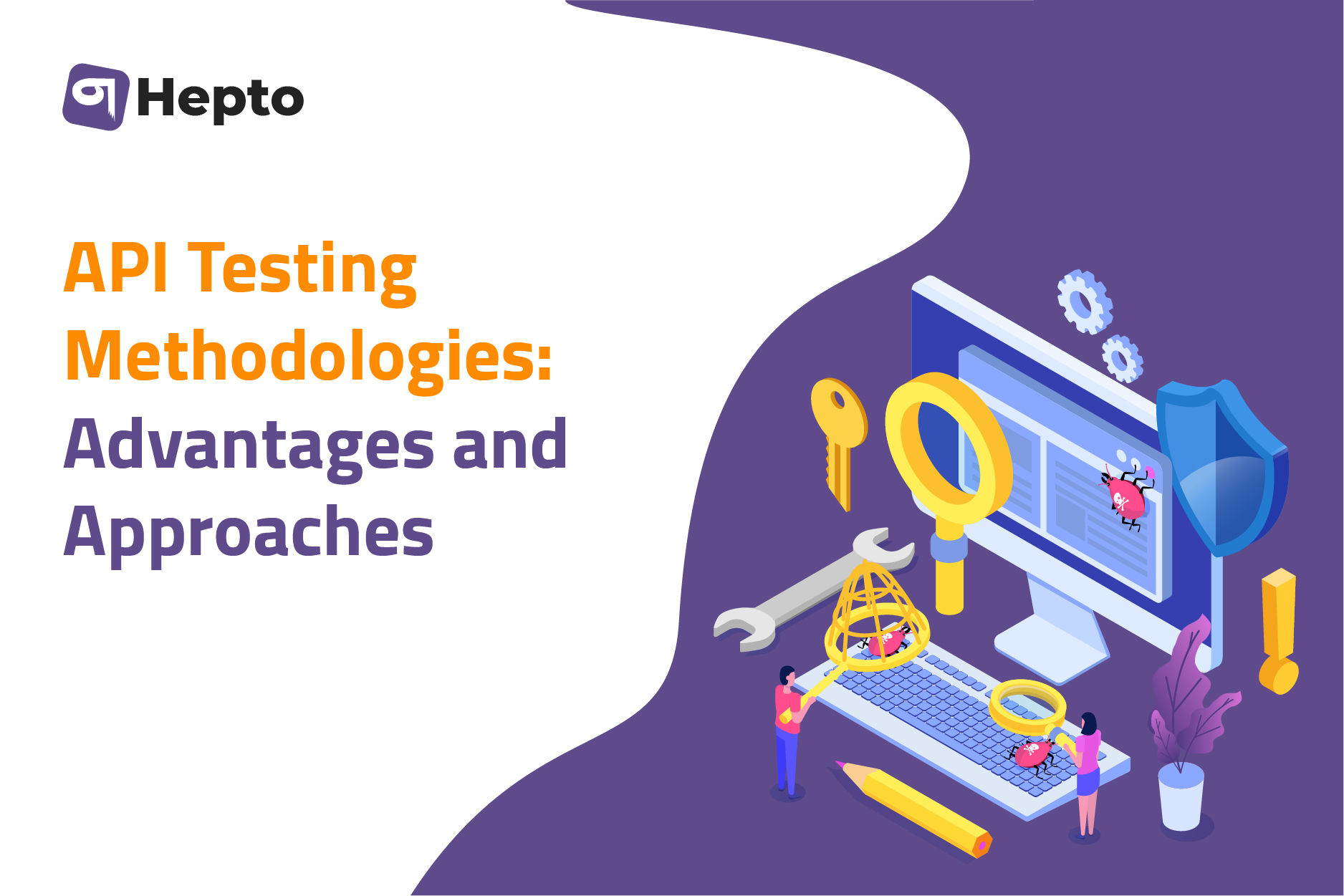API Testing Methodologies: Advantages and Approaches
API testing is one of the most significant and complex steps in software development as a part of QA testing. It is standard practice for many companies to monitor APIs during production to ensure that the live API endpoints are up, functioning quickly and returning expected information to the user. In that way, testing teams know whenever something breaks down and can fix any issue before users notice any discrepancy. Smart businesses take advantage of API testing before the changes are deployed to production and so should you and APIs must be tested in both staging and development environments to confirm that the software application meets requirements. There are many benefits of API testing that frequently depend on protocols and standards that are hard to find in other forms of testing. Let’s explore how your team can receive the benefits of API testing by how your team approaches your testing strategy.
Starting the API Testing
It is essential to have a clear knowledge of API testing advantages and methodologies’ scope and purpose to begin an API testing process. After that, to drive the advantages of API testing, you can compare the predicted outcomes with the actual outcomes by conducting tests.
Your tests should analyze the following response:
- Reply Time
- Data Quality
- Confirmation of Authorization
- HTTP Status Code and
- Error Codes
What is API testing?
Application Programming Interface (API) is a set of methods, tools, and procedures that developers "open up" to other developers to have their applications communicate and interact with other applications. API approach facilitates communication between modules, applications, and back-end systems and API testing help specialists to promptly know when something goes down and fix the problem before users notice any inconsistency.
API Testing is a software testing practice that tests the APIs directly on functionality, reliability, performance, to security. API testing effectively validates the logic of the build architecture within a short time.
Types of API Testing
Most Companies provide software quality assurance services and conduct API testing based on the business logic of a software product. The choice of API tests is wide, so software engineers can apply the following types of testing.
Unit Testing
Refers to creating API tests that run with each new version of a software application.
Integration Testing
Most commonly used form of API testing to find errors in the interaction between program modules or systems, and effective API integration testing is necessary to ensure that your product’s functionality is not compromised.
Performance Testing
Testing is carried out to ensure that the software system meets the functional specifications and requirements and to examine the program’s reaction time, dependability, and speed.
Load Testing
A non-functional test that helps determine the performance of a software application and helps to prevent user outflow even before the app enters the market.
Security Testing
Testing that detects any risks and vulnerabilities and guarantees that the API testing in software development coupled with implementation is protected from external dangers.
Validation Testing
One of the most critical tests performed at the last stage of product development that examines the product, behaviour, and overall efficiency.
Benefits of API Testing
There are many advantages of API testing that ensure efficiency in testing and the ability to deploy software quicker with lowered testing expenses. API testing can improve test coverage, save resources and time to release a software application, and protect it from malicious code. Here are some of the major advantages of API testing to consider.
1. Finding bugs at the starting stage of software development
A great advantage that allows testers to find defects in the application at an early stage of software development.
2. Effective use of time
API testing methodologies ensure better and quicker test coverage than other tests because API test automation requires less code.
3. Reduced testing costs
Provides faster results with early defect diagnosis, which reduces overall testing costs and also the test automation is quicker and more accurate.
4. Non-attachment to programming languages
API testing methods involve exchanging data in XML or JSON formats and are independent of application language, enabling QA engineers to use any programming language.
5. Improved test coverage
Cover a far wider range of functionality within a particular application that helps to improve the program’s overall quality and contributes to improved user experiences.
Conclusion
API testing is becoming complex in the software and QA testing chain when it comes to verifying the software application. If you face any difficulty in getting assured execution, then speak to QA experts at Hepto Technologies. We offer a wide range of testing services as a part of web and mobile app development services and a standalone service. Our expert QA team performs test case-based testing and works to improve our procedures to elevate the testing experience to a new level, providing a greater degree of client satisfaction.
